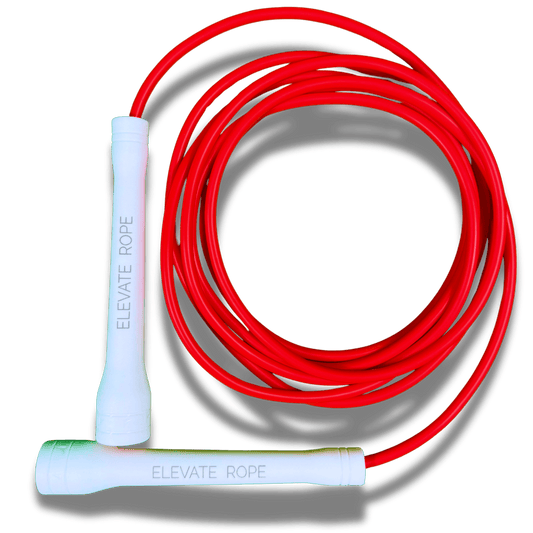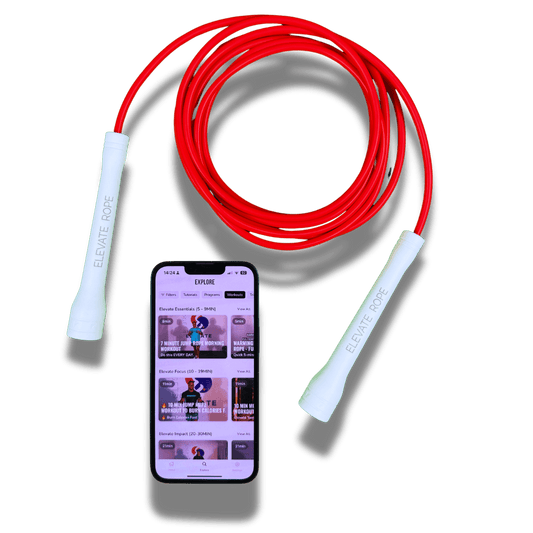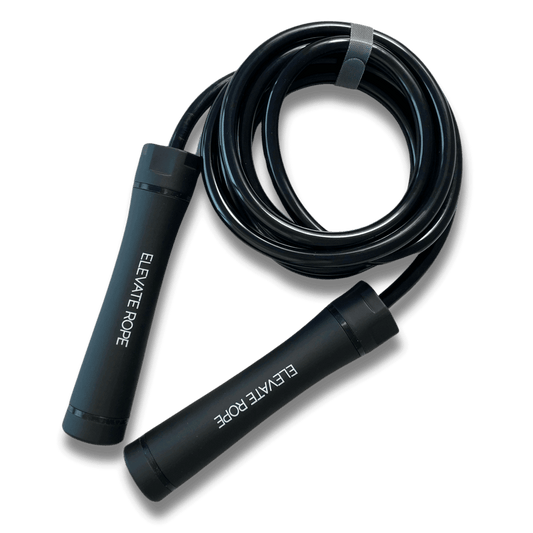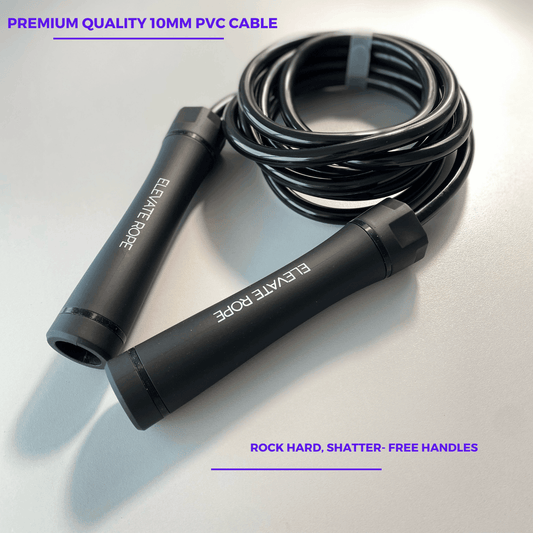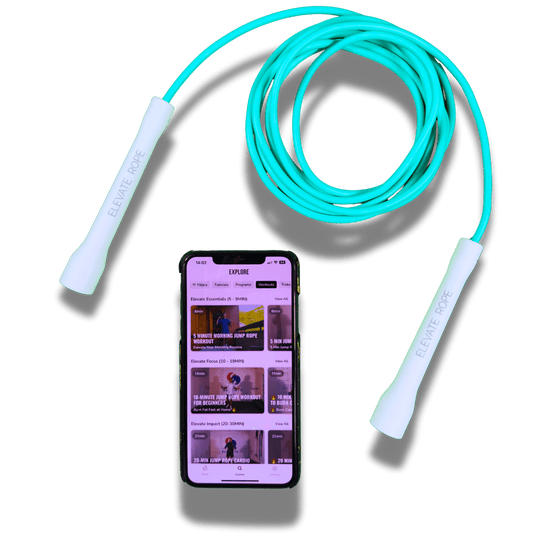When you’ve spent years competing, training, and living like an athlete (ex-athletes) stepping away from that structure can feel like losing a part of yourself. The early mornings, the team environment, the constant goals — it’s more than just routine; it’s identity. So when the whistle blows for the last time, staying consistent with fitness suddenly becomes a whole new game.
But here’s the truth: that athlete mindset never really disappears — it just needs to be reactivated.
In this guide, we’ll break down why ex-athletes often lose consistency, and more importantly, how to build it back with balance, purpose, and momentum.

The Motivation Shift for Ex-athletes: From Competition to Self-Discipline
During your athletic career, you had a reason to show up — performance, pride, maybe even pressure.
Every workout had a clear “why.” Now, without competition or external accountability, training feels optional instead of essential for Ex-athletes.
This shift often creates a psychological gap — you’re used to training for something, not just training for yourself.
The Fix:
Redefine what “winning” means.
Instead of chasing medals, chase mastery. Set personal metrics — like consistency streaks, speed records, or flow sessions — that keep you connected to progress.
Even five minutes of intentional movement daily can reignite that internal drive. Start small, but make it non-negotiable.

The Identity Drop: Who Am I Without the Jersey?
Ex-athletes live in a performance-based ecosystem. Your worth often felt tied to output, discipline, or success on the field.
When that environment disappears, it’s common to feel a loss of purpose or direction.
Without a clear structure or community, workouts can start to feel meaningless — even when your body craves movement.
The Fix:
Reconnect with identity through rhythm, not results.
Jump rope training, for instance, gives structure without the rigid system. Every spin, every flow combo, every rhythm hit provides instant feedback — the kind athletes thrive on.
You’re not just working out; you’re rediscovering control, coordination, and confidence through movement.
Pro Tip: This is why many former ex-athletes choose tools like the Ascent MAX Bundle from Elevate Rope. It combines heavy, speed, and beaded ropes — perfect for regaining structure and variety in training without feeling boxed in by competition rules.
The “All-or-Nothing” Trap
Most ex-athletes are wired for intensity — go hard or go home.
But post-career, that mindset can backfire. You either train like you used to… or not at all.
The body’s recovery ability, schedule, and priorities have changed — but the mental standard hasn’t.
The Fix:
Trade intensity for consistency.
Think of your fitness like a skill — one you rebuild over time.
Micro-consistency wins. Ten minutes of skipping or mobility work daily beats two “beast mode” sessions followed by burnout.
Focus on rhythm over reps, sustainability over exhaustion.
It’s the same competitive edge — just redirected.
The Lost Team Effect
Team environments kept you accountable — coaches tracking your performance, teammates motivating you, fans expecting results.
Once you’re training solo, it’s easy to feel disconnected.
The absence of community often leads to inconsistency because humans crave belonging.
The Fix:
Rebuild your support network — digitally or locally.
Join an online fitness community like the #ElevateFamily, where former athletes, fitness enthusiasts, and jump rope lovers share progress, routines, and challenges.
That team feeling doesn’t disappear — you just have to create your own version of it.
Accountability + shared goals = renewed discipline.

The Physical Reality Check
Let’s be honest — the body changes.
Joint pain, slower recovery, new responsibilities — they all affect how you move and how often you can train.
Many ex-athletes feel frustrated when they can’t perform like before, so they stop altogether.
But quitting isn’t the solution — adapting is.
The Fix:
Focus on low-impact, high-output training.
Jump rope is ideal for ex-athletes because it’s gentle on joints while still challenging coordination, timing, and endurance.
Start with shorter sessions (5–10 minutes) using a beaded rope for control, then progress to heavier ropes for strength and speed.
This approach maintains performance benefits without risking overuse injuries.
Your body doesn’t need to move the same way — it just needs to keep moving.
The Boredom Factor
After years of structured drills and game plans, standard gym routines feel repetitive.
The lack of creativity in training kills motivation fast.
The Fix:
Reignite play.
Jump rope workouts offer endless variety — freestyle, interval circuits, footwork drills, and flow routines that challenge both body and mind.
Every session can look and feel different — which keeps your brain stimulated and your muscles engaged.
You don’t need to train longer — you just need to train better.
Switching ropes (speed, beaded, heavy) transforms one simple tool into a complete conditioning system.
The Pressure Paradox
Ex-athletes are conditioned to measure success. But in post-career life, perfectionism often becomes the enemy of consistency.
You think, “If I can’t train like I used to, why bother?”
The Fix:
Reframe success.
Progress now looks like showing up, not showing off.
Some days you’ll crush your workout; others you’ll barely make time for it — both count.
The goal is to make movement part of your identity again, not a checklist.
The New Purpose: Movement as Mastery
Consistency isn’t about chasing your old peak — it’s about mastering a new phase of your body and mind.
Jump rope training bridges the gap perfectly because it’s skill-based, measurable, and addictive.
It brings back that feeling of progress that athletes crave — learning new tricks, improving timing, mastering flow.
And when your training feels rewarding, consistency follows naturally.
How to Build Unbreakable Consistency (The Elevate Framework)
Here’s a simple structure to rebuild discipline, flow, and fun — all while reconnecting to your athlete roots:
Step 1: Commit to Micro-Sessions
Start with 10–15 minutes of movement per day.
It could be a rope session, a stretch, or a flow drill.
The goal is daily rhythm — not exhaustion.
Step 2: Track Momentum, Not Perfection
Use a progress journal or app.
Note your sessions, energy, and small wins.
The dopamine reward from tracking fuels motivation.
Step 3: Mix Intensity with Intuition
Alternate rope types:
- Speed Rope (Pace) — for precision & cardio
- Beaded Rope — for rhythm & control
-
Heavy Rope — for power & endurance
This creates performance balance while reducing burnout. - Long handle Rope — advanced freestyle tricks

Step 4: Rejoin a Tribe
Post your progress. Connect with others.
Community builds consistency faster than willpower ever could.
The #ElevateFamily community celebrates growth at every level — from first jump to freestyle flow.
The Bottom Line
Ex-athletes don’t struggle with discipline — they struggle with direction.
You’re still the same competitor, just in a new arena.
Rebuilding consistency isn’t about chasing your past; it’s about creating a new rhythm that fits your life today.
And the jump rope is the perfect symbol for that — a simple tool that reconnects you with focus, movement, and mastery.
You’ve already proven you can go all in.
Now it’s time to go all out — for yourself.
💚 Reignite your rhythm. Train with the Ascent MAX Bundle.
Shop Now → ElevateRope.com







